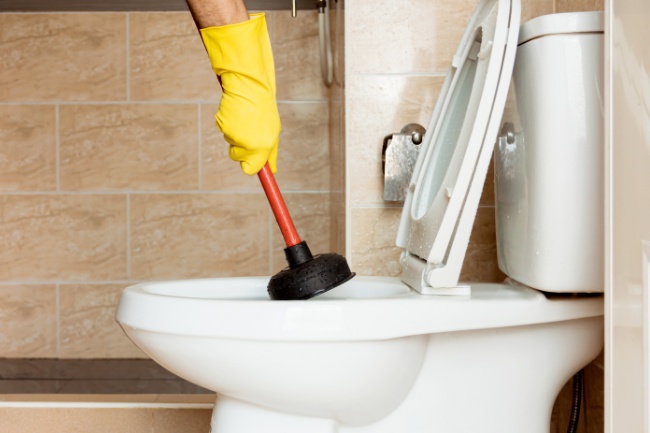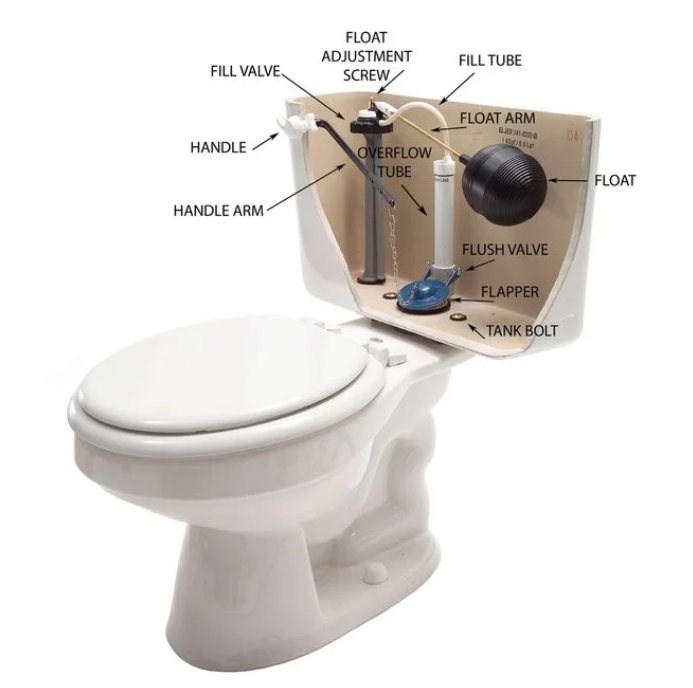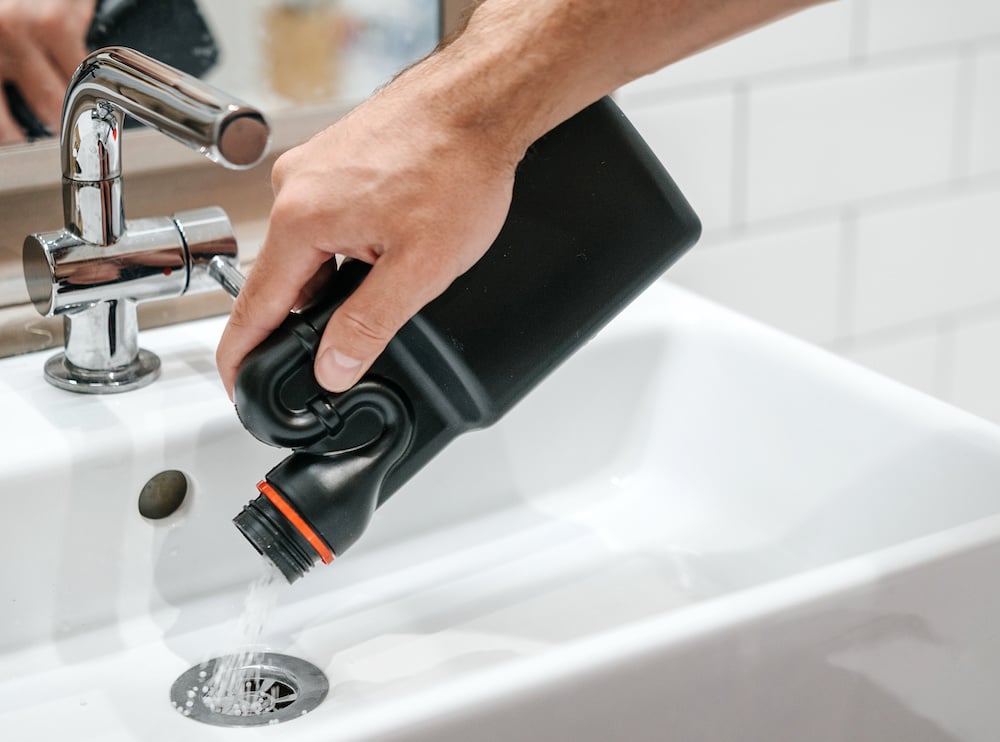A Quick Guide to Cleaning Drain P-Traps
Posted by William Heinselman on
 Plumbing p-traps, or drain traps, are the curved sections of everyday drain and sink fixtures that use gravity and water to seal your home from the harmful gases in city sewer systems. These traps create a natural barrier between the air in your home and the air within sewer pipes, and will often catch loose debris, dirt, hair and food waste as it passes through your drains.
Plumbing p-traps, or drain traps, are the curved sections of everyday drain and sink fixtures that use gravity and water to seal your home from the harmful gases in city sewer systems. These traps create a natural barrier between the air in your home and the air within sewer pipes, and will often catch loose debris, dirt, hair and food waste as it passes through your drains.
It’s these essential curvatures in drain traps (the very curves that make them effective barriers in the first place) that can be cause for severe, troublesome clogging. While regular drain cleaning tips can help you avoid clogging your plumbing in the first place, homeowner’s attempting DIY cleaning have to be a bit more careful with P-traps, or other curved, shaped traps commonly used in drain fixtures (U-trap, S-trap or J-trap).
These traps, due to their curved nature and sealing design, can also catch accidentally dropped valuables, such as rings, coins or jewelry. Whether you’re dealing with a stubborn clog at low-points in your drain trap, or need to access the trap to recover dropped valuables, you can almost always perform these tasks on your own, without ever needing to contact a plumbing expert.
Careful, regular maintenance can ensure the functionality of your household drains and P-traps for years to come. In this blog article, we’ll break down everything you need to know about the way these traps work, and what you can do to clean these traps and remove stubborn, clogged debris on your own.
The Function of P-Traps
Drain P-traps use gravity and water pressure, focused at low-points in plumbing systems, to create an effective barrier between the air inside of sewer lines and the air in your home. As water is flushed through your drains, such as in typical use, the traps maintain a constant, natural seal against often-harmful sewer gases; their ultimate function is rooted in the safety of a home or building’s residents.
More or less an air filtering device, today’s most common drain trap is the P-trap, which takes its name from the “P”-shaped curvature it features. These traps operate much like the once-standard U-traps, but make use of an additional 90° joint, which enables both sewer gas filtering and open water flow.
That said, these traps are not perfect, and clogs do occur through frequent use and with poor drain maintenance. Drain traps are effective at what they do because they are low-points in a plumbing system; because of this, they are also a common place for food debris, hair, gunk and sludge to accumulate.
Best Practices for DIY: Cleaning Your Home P-Traps
While we have covered standard drain cleaning techniques extensively in our blog, cleaning drain P-traps requires a bit of specialized attention. In many cases, the curved design of these traps makes typical hot water cleansing or homemade mixture solutions impractical; for the most thorough P-trap cleaning, you’ll have to get your hands dirty by manually detaching your P-trap, or accessing the trap internally though specifically designed caps.
If your home’s clogged or poor performing P-trap feature an opening cap, all you may need to do it unscrew this cap, and pull any debris buildup out manually through the opening. This is a best-case scenario, and often, homeowners will have to go the extra length when their traps do not feature these caps, and physically detach their traps from the drain pipe.
If this is the case for your drain traps, make sure you have the following essential tools to catch any falling buildup and water, and to perform the most successful P-trap cleaning:
- A large bucket; almost entirely for falling water and loose residue that is present when detaching a trap
- Channel pliers and adjustable wrenches; used to physically detach the trap, and reattach it quickly
- A wire brush or drain auger; practical tools for clearing debris buildup and sludge within your drains and P-trap
Cleaning your drain traps doesn’t have to be a challenge, especially if you have the right tools for the job. The first step in cleaning your traps requires placing a bucket beneath the trap, in your “work area,” and loosening the slip nuts that connect your trap to your drain pipes.
Once your trap is loose, it’s important to upend its contents inside the bucket, and push debris out from the trap manually with a wire brush. At this point, you should be able to find any dropped jewelry or other valuables, or use a professional drain auger to clean your drains more thoroughly, if need be.
With the trap fully cleaned, and any clog material removed, you can reattach it to your drain pipes using the same slip nuts as before. Be sure to not over-tighten nuts. Test the pipe out by running faucets or water fixtures, to ensure a tight seal. Doing so also refills the trap, creating the trap’s essential barrier between city sewer systems and your home.
If you feel unprepared to perform such DIY renovations with your own P-traps, or fear the problem with your home’s drains goes far beyond a simple clogged trap, don’t hesitate to contact the plumbing experts at Express Sewer & Drain. Our countless years of drain cleaning experience give us the specialist advantage for handling any and all pipe performance tasks.
Topics: Commercial Plumbing, Home Plumbing, Drain Cleaning and Repair






